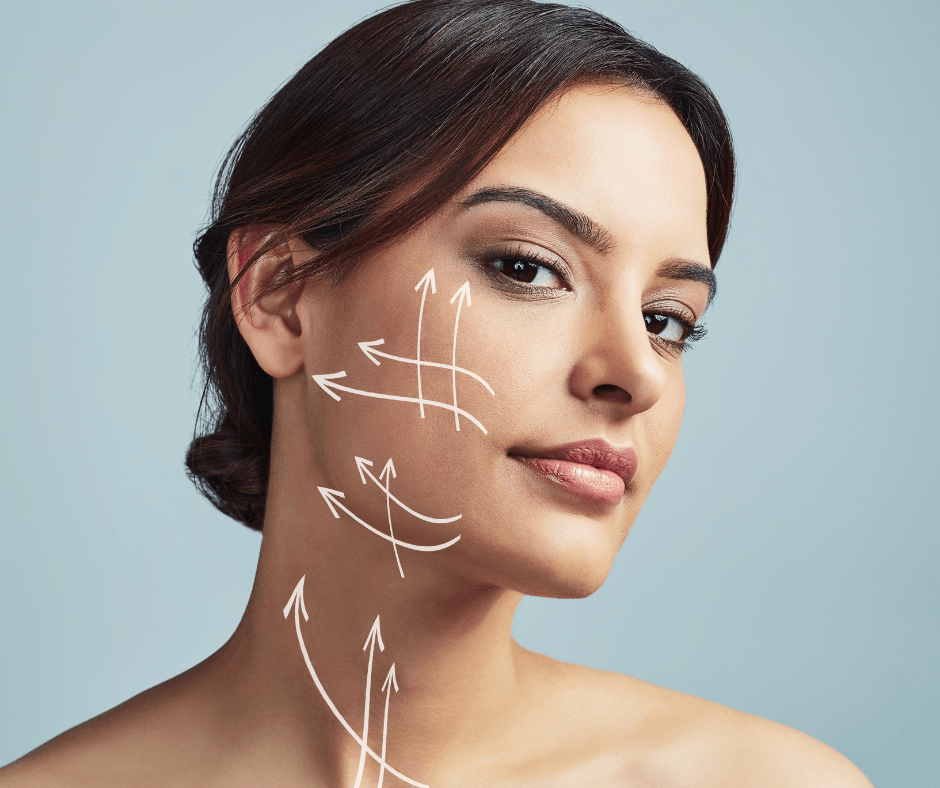
Mini vs. Full Facelift: The Real Differences
If you’re looking into facial rejuvenation, chances are you’ve seen both terms thrown around: mini facelift and full facelift. A lot of people assume that one is just a smaller version of the other, like choosing a small coffee instead of a large one. But when it comes to mini vs. full facelift, that logic doesn’t hold up. The differences go deeper—literally. What separates the two isn’t just how much is done, but how it's done, what areas are affected, and how long the results actually last. Let’s get into it. Why the Confusion Happens It’s easy to think of a mini facelift as a lighter, faster facelift. Less downtime, fewer scars, and a more “natural” look, right? That’s how it’s marketed sometimes, but that’s not the full story. The truth is, the term “mini” refers more to the scope than the technique. And when people focus on the name instead of the outcome, they end up with results that don’t meet their expectations. The comparison between a full facelift vs. a mini facelift needs to be based on the results, not just the recovery or the incision size. What a Mini Facelift Can Do Well A mini facelift can absolutely give great results for the right patient. It’s ideal for people showing early signs of facial aging, especially in the lower face. If you’ve got some soft jowls, mild marionette lines, or light shadowing around the mouth and cheeks, a mini lift can help reposition tissue and restore a more youthful shape. And yes, it typically involves shorter incisions that are well-hidden around the ear and hairline. The recovery is usually quicker, and there’s less disruption to the deeper structures, though that varies based on the surgeon’s technique. Some advanced mini facelifts go beyond the skin to lift deeper tissues, especially when a vertical or SMAS technique is used. This improves facial definition without looking pulled. But Here’s Where It Falls Short Mini facelifts are limited. They usually don’t improve the neck. They won’t fix sagging that comes from deeper tissue drooping or fat loss. And they won’t give the kind of transformation some people are hoping for. From a technical standpoint, a mini lift doesn’t allow for the same depth of dissection or repositioning as a full facelift. That means: Less structural lifting Minimal or no change in the neck and jawline Shorter-lasting results In some cases, people who’ve had a mini facelift return within a year or two because they want more definition or longer-lasting improvements. The mini lift gave a nice boost, but it didn’t go far enough. When a Full Facelift Makes More Sense The full facelift isn’t about being “extra.” It’s about addressing everything that contributes to ageing, especially the lower face and neck. This procedure involves lifting the SMAS layer (a deep layer of connective tissue), repositioning fat, and tightening muscles, not just pulling the skin. That’s what gives a natural, long-lasting result. It’s not about looking different. It’s about looking like you, just fresher. Here’s what a full facelift can handle that a mini can’t: Neck bands or sagging skin Deep nasolabial folds and marionette lines Loss of volume and facial shape Advanced jowling Poor jawline definition It’s also easier to combine volume restoration techniques like fat grafting with a full facelift. That adds back the youthful fullness in the cheeks and under the eyes—something tightening alone can’t fix. “Natural” Doesn’t Always Mean “Mini” A common misconception is that mini facelifts look more natural because they’re less invasive. But that’s not always true. In fact, using a mini facelift on someone who needs more correction can backfire. They still look tired, or even worse, slightly off, because the lift didn’t match the anatomy. A full facelift done with finesse can look incredibly natural. The key is how the tissues are lifted, not how much skin is removed. When deeper tissues are repositioned upward toward the cheekbones and jawline, the face regains its youthful structure without looking pulled. Sometimes, less is more. But sometimes, less is just less. Choosing the Right Strategy When comparing a mini vs. full facelift, the real question is: What are you trying to fix? A mini facelift works well for someone with mild ageing who wants a small, targeted improvement. It’s not meant to overhaul the face. A full facelift is for people who want real structural improvement in the lower face and neck, especially when skin laxity and volume loss are more advanced. Here’s a quick side-by-side: Mini Facelift Full Facelift Best for Early signs of ageing Moderate to advanced ageing Areas addressed Lower face only Lower face, midface, and neck Surgical depth Skin and limited SMAS Deep-plane or full SMAS lifting Neck rejuvenation Minimal Included Longevity 2–5 years 8–12 years Visual impact Subtle Dramatic yet natural Volume restoration Rarely included Often paired with fat grafting What Long-Term Satisfaction Looks Like Most patients want their results to last and look natural. That depends more on choosing the right procedure than the smallest one. If you go too conservative with a mini lift when more correction is needed, you may be back in the operating room sooner than you think. And that second surgery often ends up being the full facelift you could’ve had from the beginning. That doesn’t mean mini facelifts don’t have value—they do. But only when used for the right purpose. Conclusion Mini and full facelifts are two totally different tools. They’re not scaled versions of each other. A mini vs. full facelift comparison only makes sense when you’re thinking in terms of surgical goal, not convenience or buzzwords. It’s not about doing the least. It’s about doing what works for your face, your ageing pattern, and your long-term goals. Are you considering a cosmetic facial procedure in London? Dr. Julian De Silva’s clinic in Central London, Harley Street, W1, is one of the best. Book a facelift consultation here to discuss your options and get a personalised treatment plan.

